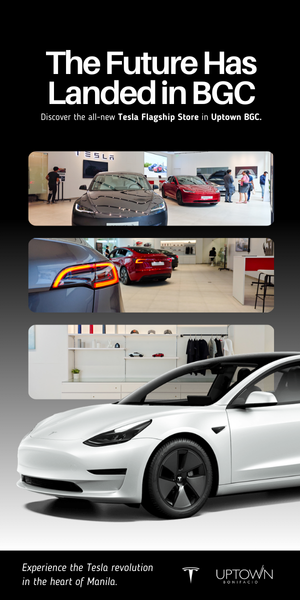Jaguar’s ambitious rebrand and pivot to an all-electric future has hit a major stall. According to industry data, the automaker sold just 49 vehicles across Europe in April 2025, marking a 97.5% drop from the same period last year.
The sharp decline coincides with Jaguar’s decision to halt production of its existing gas-powered models ahead of a full relaunch in 2026. Dealers, left without inventory, have been in a near-total standstill as the brand shifts its identity and product line.
This downturn follows the launch of Jaguar’s “Copy Nothing” campaign in late 2024—an abstract branding effort that unveiled a new logo, minimalist design language, and marketing content that notably excluded actual cars.
Instead, the campaign leaned into progressive themes and postmodern aesthetics, prompting criticism that Jaguar had traded legacy and performance for a vague, ideology-driven identity shift.
Now, with no current product on sale and no clear pipeline for dealerships, Jaguar’s position in the market has slipped dramatically. In contrast, luxury competitors such as BMW and Mercedes-Benz have maintained traditional model lines while steadily rolling out electric options—allowing for consumer choice without abandoning their base.
Jaguar’s electric relaunch is set to begin in 2026 with a four-door grand tourer reportedly priced around £100,000. Executives say the company is targeting a new, ultra-luxury segment. But questions remain about brand visibility and buyer trust in the meantime.
Several European dealers have expressed concern over the vacuum in communication and sales. One senior executive told AM Online the network is “effectively on pause,” calling the gap “the quietest period in the brand’s modern history.”
While it remains to be seen whether Jaguar’s radical reinvention will pay off in the long term, the early numbers point to a brand in retreat—caught between its past identity and an unproven future.
And for now, Jaguar’s bold new direction is defined not by innovation or sales—but by empty showrooms.












